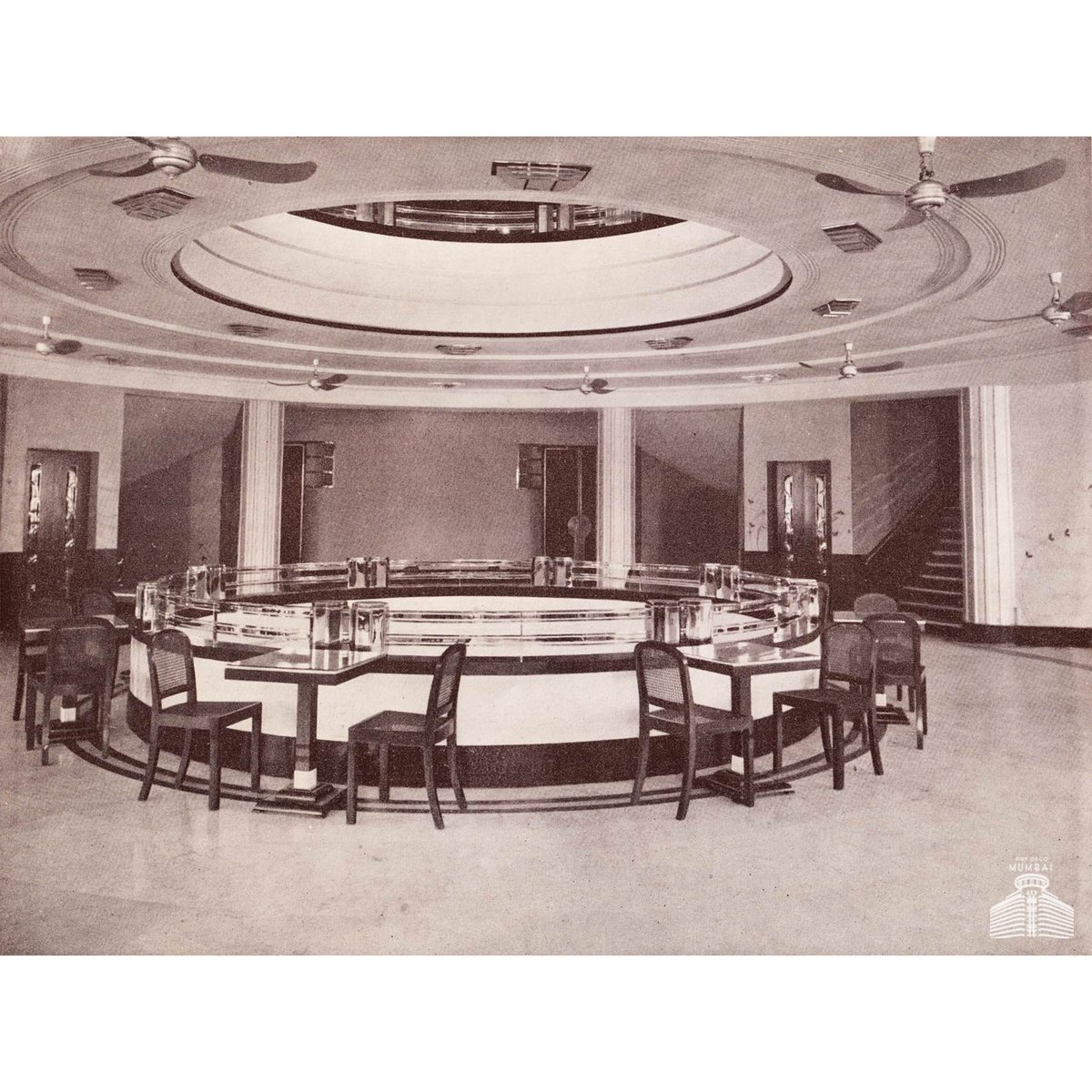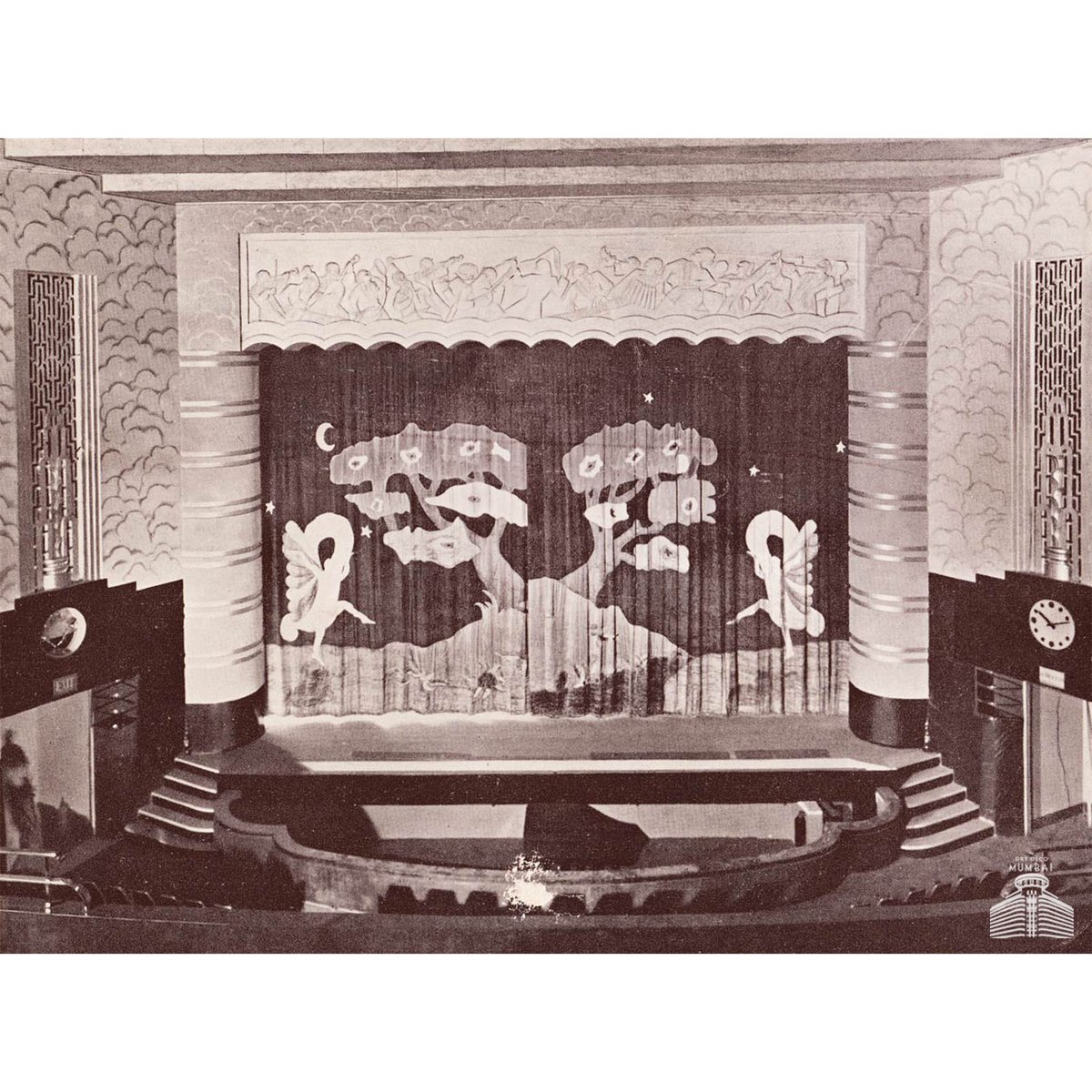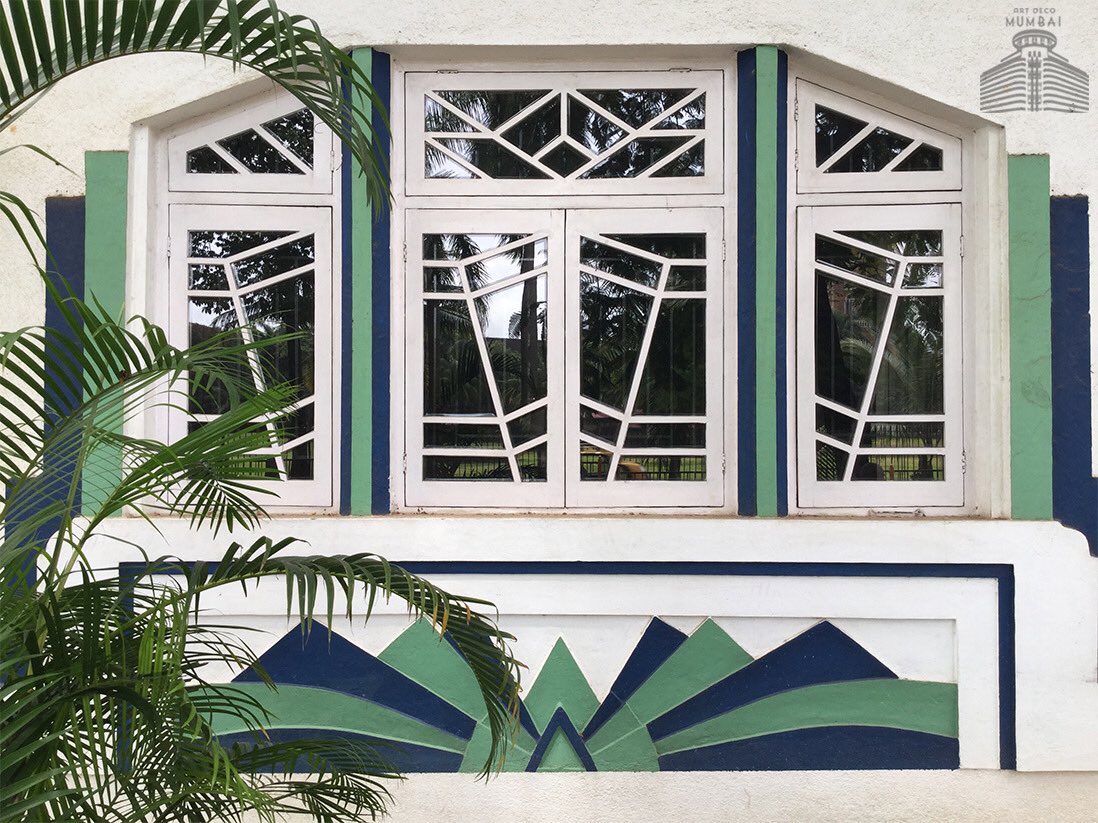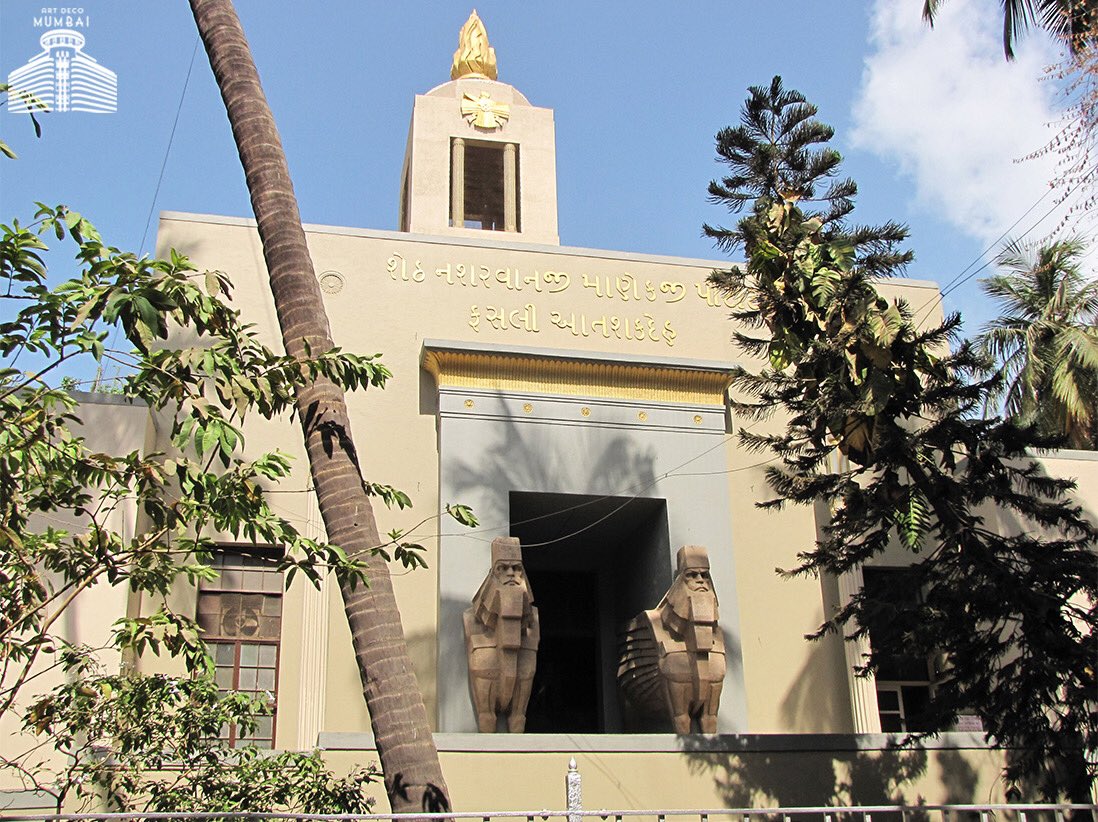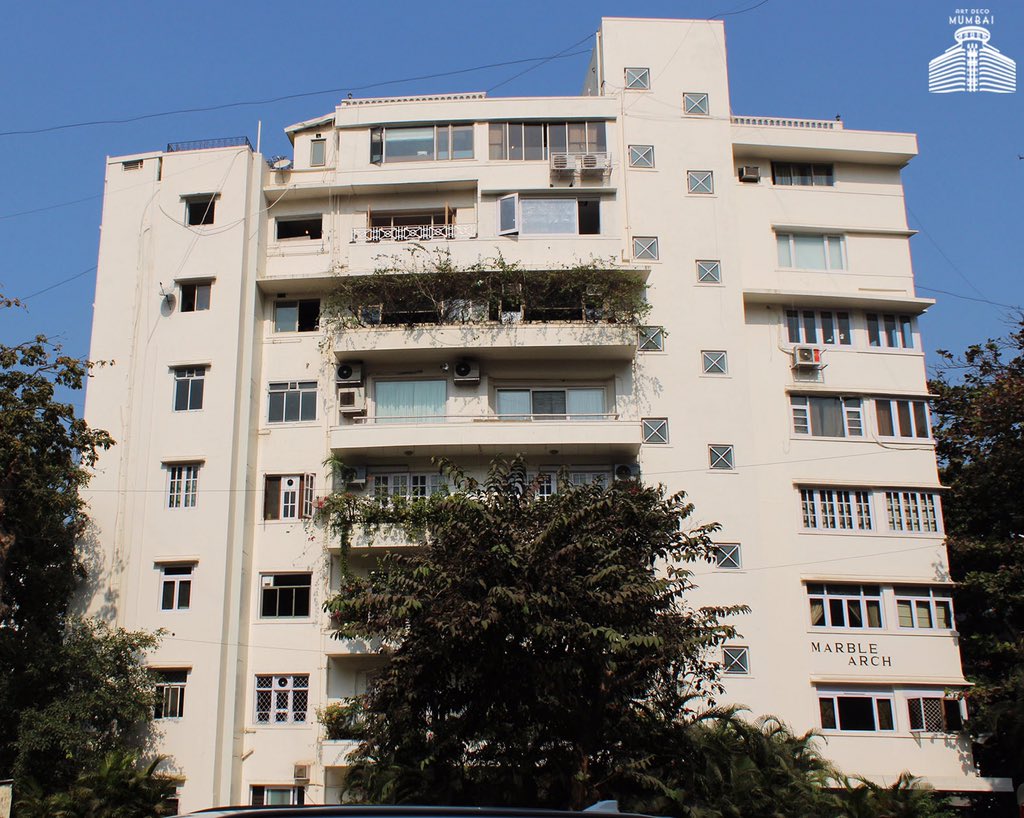
Mr. Shiavax Cawasji Cambata, a prominent businessman and owner of Eros Cinema, spared no expense in the making of this magnificent theatre (1/5) 

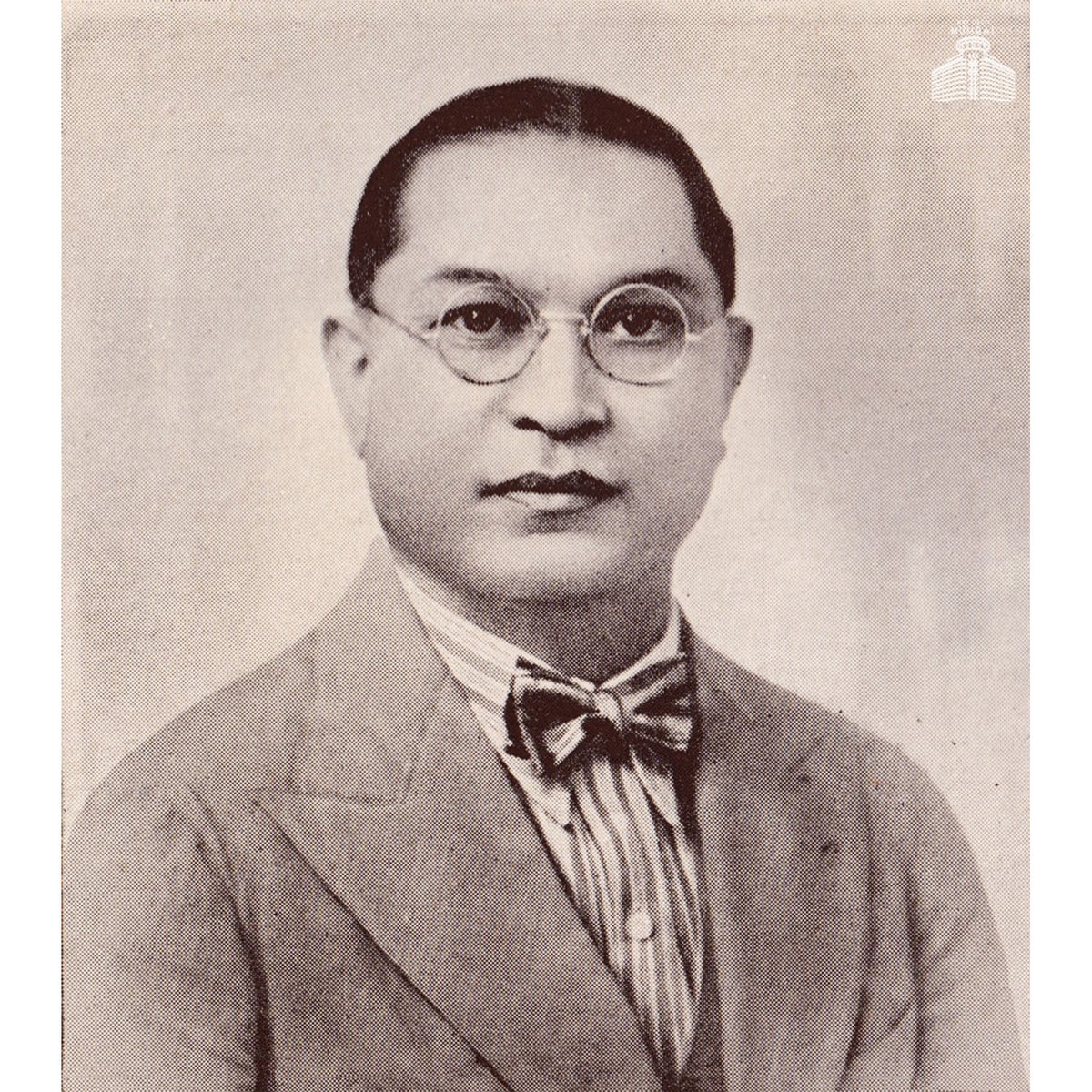

After 5 years of careful thought and planning with experts from all parts of the world, Cambata successfully built an ultra-modern enterprise that stood higher than anything that was attempted in the Entertainment world of this country and many European cities (2/5) 


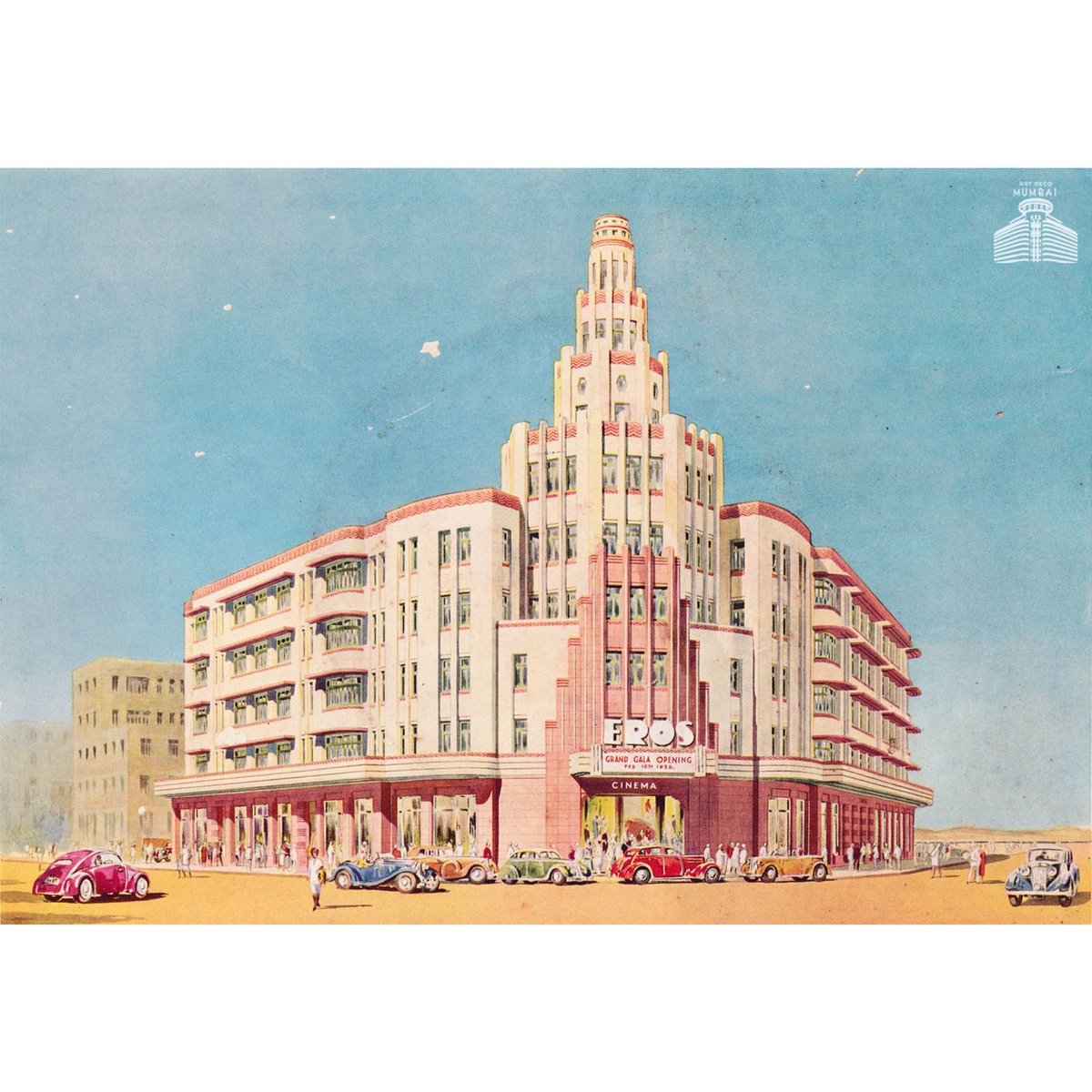
The chairs of the theatre were designed after Mr. Cambata personally examined chairs of all types in Europe and America. The air conditioners were manufactured by Clarage Fan Company of Kalamazoo, Michigan, U.S.A (3/5) 



Along with films by the most well-known producers all over the world, the theatre also promised to stage ambitious theatrical productions including cabarets and educational programmes for the younger generations (4/5) 



Eros was envisaged to serve as a worthy landmark and contribute to the cultural development of the city. Since it opened in 1938, Eros has been entertaining generations of citizens for nearly 80 years, until it’s unfortunate closure in 2016.
#ArtDeco #DecoCinema (5/5)

#ArtDeco #DecoCinema (5/5)


• • •
Missing some Tweet in this thread? You can try to
force a refresh



